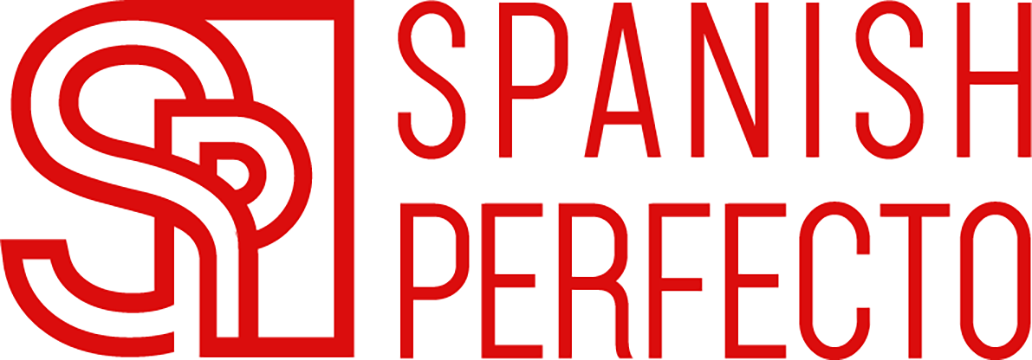By Lucía Rodríguez.
Halloween, originated in the United Kingdom, has become very popular almost all over the world including Latin America. As always, Latin-American people celebrate with passion and imprint culture and tradition to this party.
The word Halloween is actually a contraction of All Hallow’ Eve. This was a Celtic celebration originated in the United Kingdom as it was the Celts. Later, the festival ended up on November 1 as “All Saints’ Day” o Día de todos los Santos.
Halloween and traditional Latin American celebrations
Halloween celebrations have had been traveling to Latin America and Spain during the latest century. In some countries like.
In countries like Argentina, Bolivia, Chile, Colombia, Mexico and Panama and Peru, the celebration is like the one in North America. Halloween has been adopted more as a kind of party and it is known as ‘Noche de brujas’ which literally means ‘Night of the Witches’.
Different Latin American countries have their own and amazing traditions during this time of the year, and they are very far for the Halloween’s origin. In Puerto Rico it is called Día de Los Difuntos (Day of the Deceased) or Finados. In contrast, Argentina celebrates El Día de Los Santos Inocentes (Day of Innocent Saints). Chileans set up altars to honor their beloved dead with food and drink on November 1st. Maybe the most popular celebration takes place in Mexico.
México: El día de los Muertos
Halloween and Day of the Dead may have some things in common, but while Halloween horror nights are a pagan holiday celebrated in the United States, Day of the Dead is a catholic holiday in Mexico. While both holidays involve dressing up as creatures from another world and having fun with your friends, there are some important differences.
The Day of the Death honors the dead, who t is believed, return to their earthly homes on this date. It takes place on November 2nd, and it becomes an open door between the two worlds, and it is an opportunity for memories, forgiveness, showing love and respect to the loved ones who passes away. All of it using the creative of Mexican people in food, drinks, and costumes.
Peru: The day of Creole Song
In Peru, people celebrate the ‘’Día de la Canción Criolla’’ or The Day of the Creole Song on October 31st – right before the Day of the Death.
Creole music is a genre that combines African, Spanish and other influences. The most popular style is the Marinera Dance, which is said to be the national dance of Peru. All throughout Latin America, the term “criolla” originally referred to the descendants of first settlers from Spain. In the Peru of today, however, it hints to the people and culture of the coastal region (as opposed to the Andean highlands) and of Lima in particular.
Colombia: Tintilillo
In Cartagena, Colombia, they celebrate on November 1st the Tintililllo, also named ‘‘Ángeles somos’’ (Angels we are). The celebration shares similarities with Halloween since children go through the neighbor houses asking for food, money, and singing typical songs: ‘Angels we are, from heaven we come, begging for ourselves. Aguardiente and rum for Marcelo. Brandy and wine for Marcellin’’.
Tradition says that each child personifies an angel who brings blessings to the family in exchange for donations of food.
Even though people all over the world are very different, there is always a celebration that represents an opportunity to show respect and recognition to the departed. Whether or not you celebrate Halloween, it is a perfect time of year to enjoy the weather and the food of the season.
Any excuse is good for Spanishperfecto.com to practice our beautiful language, especially if it shares culture and tradition. That is why we propose here some words used during these festivities:
Aterrador, bruja, miedo, esqueleto, monstruo, calavera, muertos, cementerio, fantasma, maleficio, terror, escalofrío, murciélago, sangre, grito.
Remember use them in you next scary party!



